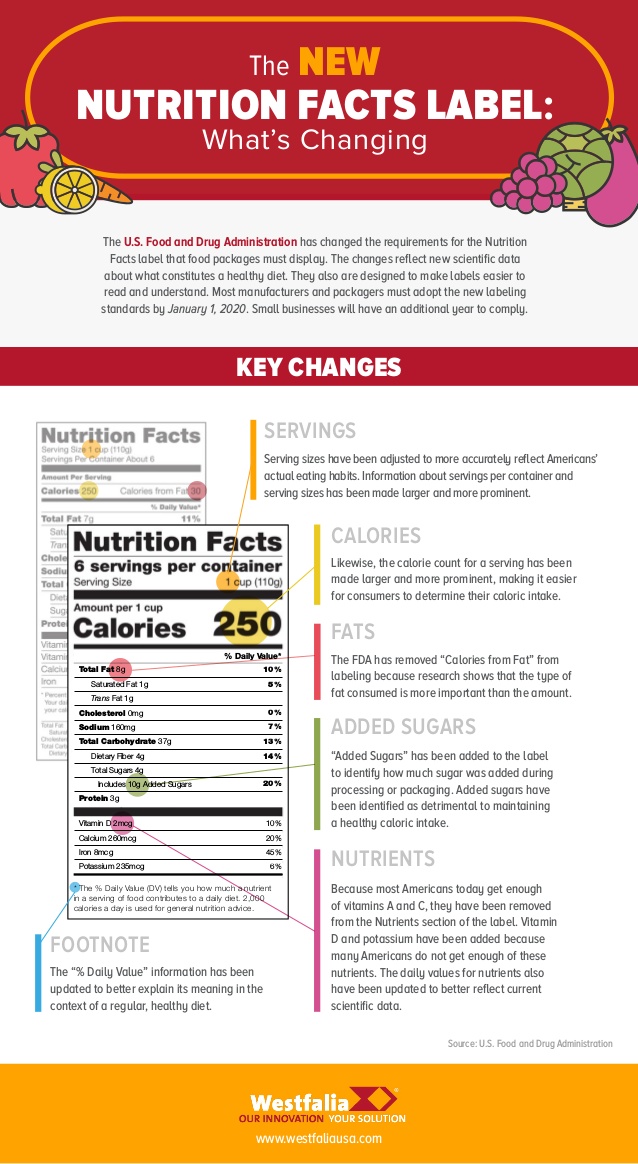Important Changes to The Nutrition Facts Label That Your Family Should Know

If you’ve failed to notice thus far, remember to keep a keen eye out for the changes made to the Nutrition Facts Label on your next visit to the supermarket. Amongst the chaos that 2020 had brought upon the world, it’d be easy to overlook the changes the Food and Drug Administration had made to the label. Why the sudden changes, though? New research and findings had indicated that the information being shared on the previous label wasn’t informative enough for those hoping to establish a healthy diet. A number of these changes have been detailed throughout this post.
Perhaps one of the most important changes for families to the label in the past year has been the calorie count per serving. It’s fairly common for younger children to disregard the recommended serving size of food products they prefer. In order to alleviate this, the FDA made changes to this value’s font size and style on the label. Previously, it might’ve been easy to overlook as there was no emphasis placed on these values. However, now they’re displayed with the largest and most bold-faced font on the label. In addition to this, the FDA reconsidered serving sizes based around the way most food products are commonly consumed.
Additional changes were made to the calories section of the label as well. Perhaps less noticeable than the previously mentioned change, but equally as important, is the removal of the calories from fat section of the label. Why would this be important, though? Well, new research by the FDA has found that what’s more important in understanding the makeup of a healthy diet are the types of fat that are included in each food product our families consume. As such, each new label now includes the total amount of saturated and trans fats per serving. Similarly to these changes, more trackable nutrients were added to the label as well. Vitamin D and potassium have received their own sections as the typical American does not consume enough of these nutrients daily.

One of the most beneficial changes that were made for parents of younger children was the inclusion of the total percentage of calories from sugars. This change, coupled with the total amount of added sugars per serving, gives parents a better understanding of which ‘child’ friendly products are truly that. These added sugars are inputs included in products throughout the processing and packaging stages of their lifecycle. For parents, this means it has become abundantly easier to spot out a truly unhealthy product for their children. Which is important, as it’s suggested no individual (child or adult) should be receiving any more than 10% of their daily calories from added sugars.
In conclusion, these changes made to the label were done in hopes to facilitate a simpler shopping experience for families looking for the healthiest choices during their grocery runs. For additional information on the changes the label has seen since last year, check out the featured infographic below.
Author bio: John Hinchey is VP of Sales for Westfalia Technologies, Inc., a leading provider of logistics solutions for plants, warehouses and distribution centers. He has more than 20 years of experience in manufacturing and warehouse automation.







